
Although plants have their own growth rate, the truth is that sometimes we don't do our best to make them grow as fast as we would likeEither because we do not have much experience in the cultivation of Green or because, simply and as it has happened to me on more than one occasion, we do not have enough space for all the pots that decorate the patio or terrace.
But there are some tricks that will help us to achieve our goal. So if you want to know how to make plants grow faster, follow them and you will see how beautiful they get 🙂.
Use a substrate with good drainage
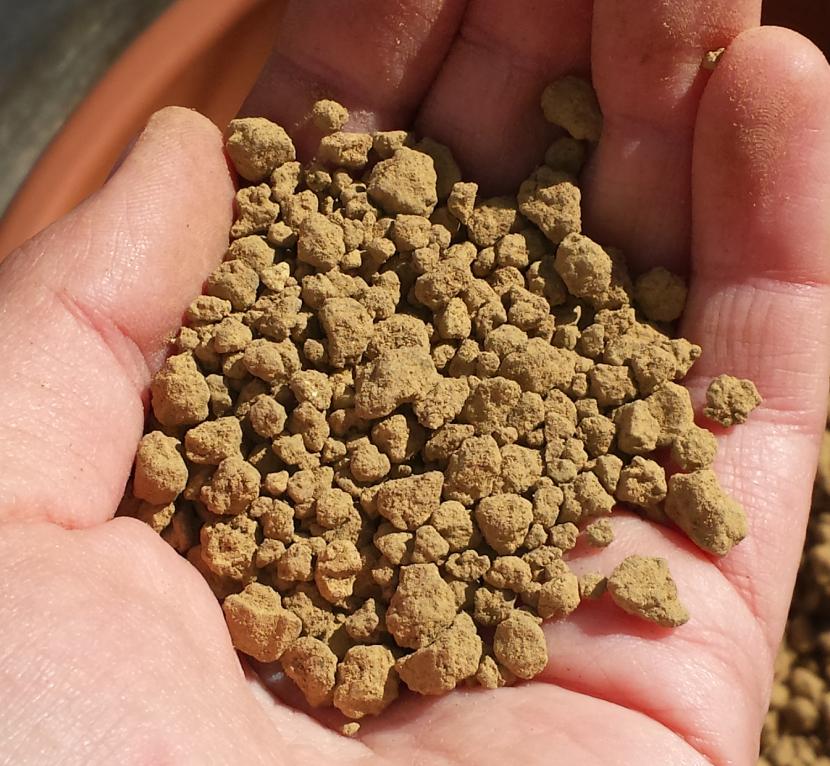
As we tell you in this article, drainage is very important for plants. The roots must be aerated to fulfill their function, which is to absorb the water and the nutrients dissolved in it, in addition to anchoring the plant itself to the ground or the pot. When the substrate we use does not drain well, the growth rate slows down.
What to do? Use a suitable substrate for each plant. For example: uterine
- Aquatic and riverside: black peat mixed with perlite or river sand in equal parts.
- Trees and shrubs: black peat or mulch mixed with 30% perlite. It can also be used - and in fact, akadama is the most recommended if it is a species that would not normally grow in our area, such as Japanese maples in the Mediterranean.
- Bonsai: A standard mix that you won't have any problems with is this: 70% akadama + 30% kiryuzuna.
- Carnivores: They generally do well in blond peat mixed with equal parts perlite.
- HorticulturalGarden plants thrive with 60% mulch + 30% perlite + 10% organic compost, such as manure or worm castings.
- Palms: universal culture substrate mixed with 30% perlite; or 60% universal substrate + 30% perlite + 10% coconut fiber.
- Flowering plants (perennial, annual, perennial): they grow well in universal substrate, as long as a first layer of perlite or volcanic clay is added.
- Succulents (cactus and succulents): Porous substrates, such as pomx, akadama, river sand, etc., either alone or mixed.
Pay regularly
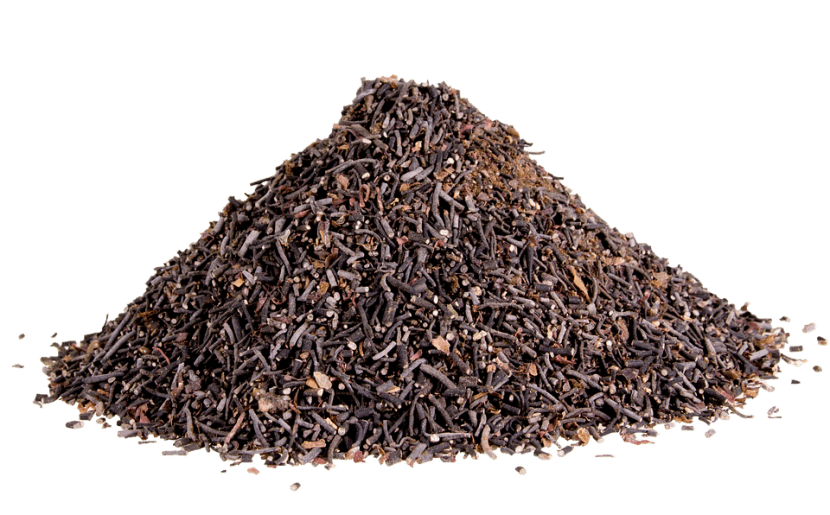
As important as choosing a good substrate is to fertilize throughout the growing season -except for carnivores, since they feed on insects that fall into their traps-. So that, during spring and summer it is necessary to provide them with an extra »meal» in order for its growth to be optimal.
Today we have fertilizers prepared for any type of plant, so we only have to buy the one that interests us the most and follow the instructions specified on the packaging. Although of course if we want to opt for natural fertilizers, we can do it without any problem, but always keeping in mind the following:
- The trees, shrubs and bonsai in pots are recommended to fertilize with liquid fertilizers. The space that their roots have is very limited, and this can be a serious problem for them if they are fertilized with powder fertilizers, since inadvertently we could suffocate their root system.
- The palm trees are advised to fertilize with organic fertilizers, alternating the liquids with those that are presented in powder, since they are plants that the lack of micronutrients tends to harm them much more easily than those of any other type.
- Succulents (cacti and succulents) must be fertilized with mineral fertilizers, like Nitrofoska, by pouring a small spoonful around the plant once every 15 days.
Transplant whenever necessary
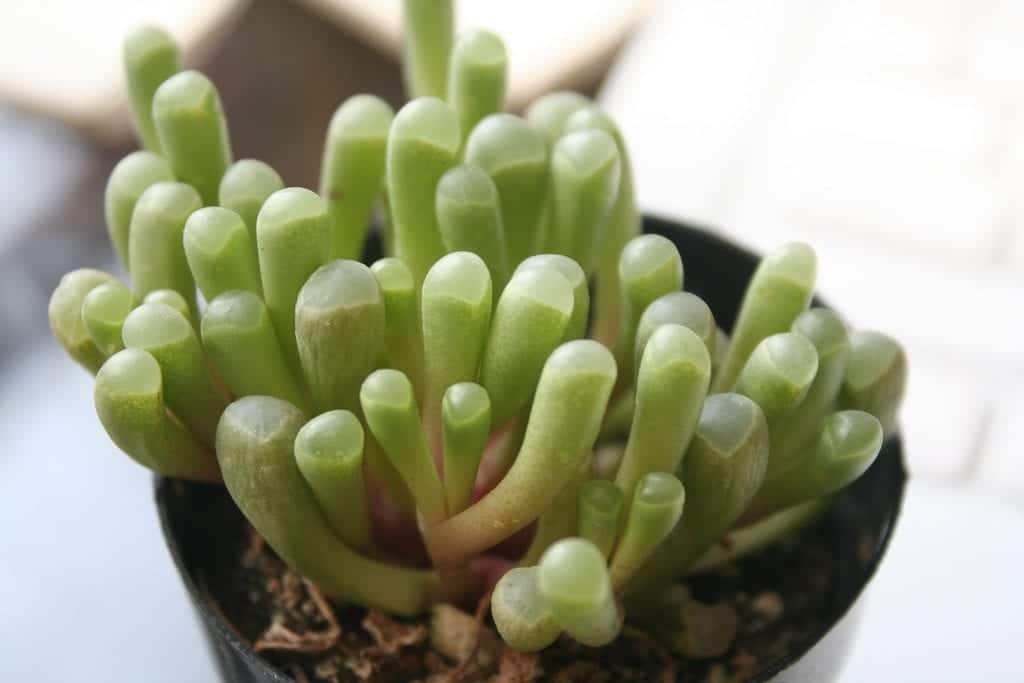
Often when we buy a plant we tend to leave it in that same pot for a long time, which is a mistake. Every time we take one home we have to change the pot if it is the right time, that is, if it is spring, but you should know that in mild climates it can also be transplanted in early autumn. If it is not done, growth will stagnate and we could end up losing it.
But also every time roots grow out of the drainage holes we will have to plant it in a slightly larger pot, since it will not have more room to grow. Here's how to do it:
- Prepare a pot that is at least 2-3cm wider than the one you have.
- Fill it with the substrate you need, up to a little less than half.
- Remove the plant and place it in its new pot. If it's too high or low, add or remove substrate.
- Finish filling the pot.
- Water.
- Place the plant in semi-shade until you see it growing (usually after a week it starts to grow again). After that time you can move it to a sunnier location if it is a plant that likes the sun (cacti, succulents, most flowering plants, and many trees and shrubs). If you have questions, do not hesitate to contact us 🙂.
- Start paying for it a month after transplanting.
Water whenever necessary
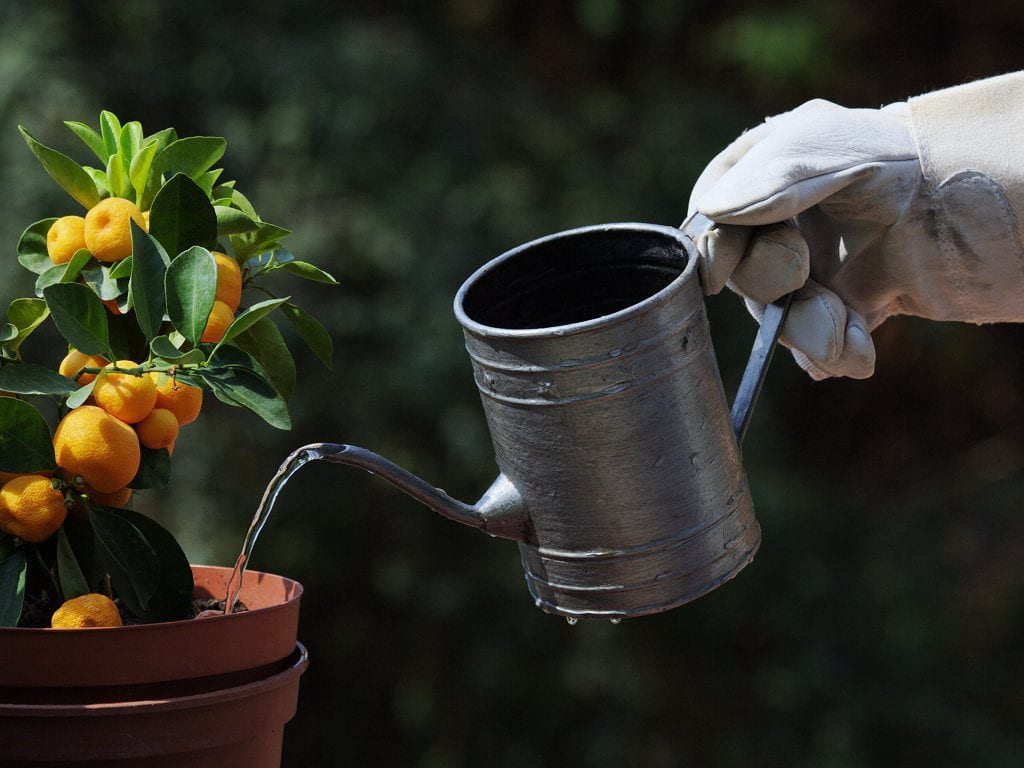
You might think that the more water you put on a plant, the more it will grow, because in the end without water there could be no life (or at least, not as we know it). However, that is a mistake that could make us lose our beloved flower pots, but finding the midpoint is very difficult even for those who have been in the world of gardening for a long time.
Still, There are several tricks we can do so we don't have to worry… Too much, and they are the following:
- Insert a thin wooden stick (like the ones the Japanese use to eat) to the bottom of the pot. Repeat the action at different points, since it may happen that the substrate that is closer to the main stem of the plant is wet and the one that is closer to the edge of the container is drier. If when removing it comes out clean in both cases, then you can water.
- Weigh the pot once it is watered and again after a few days. The freshly watered plant weighs more than when it is dry, so it can serve as a guide.
Furthermore, if It has a plate underneath, it is convenient that you remove the excess water 15-20 minutes after watering, since otherwise the permanent contact of the roots with the water could suffocate them.
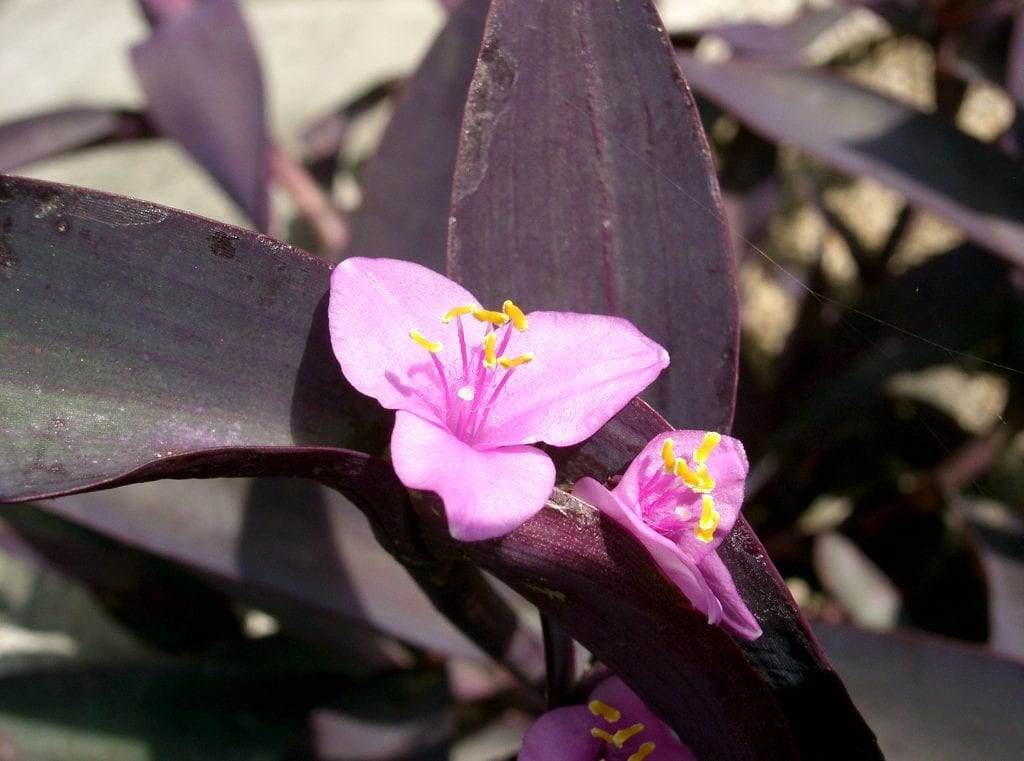
With these tips, your plants will grow at a good pace, for sure 😉.